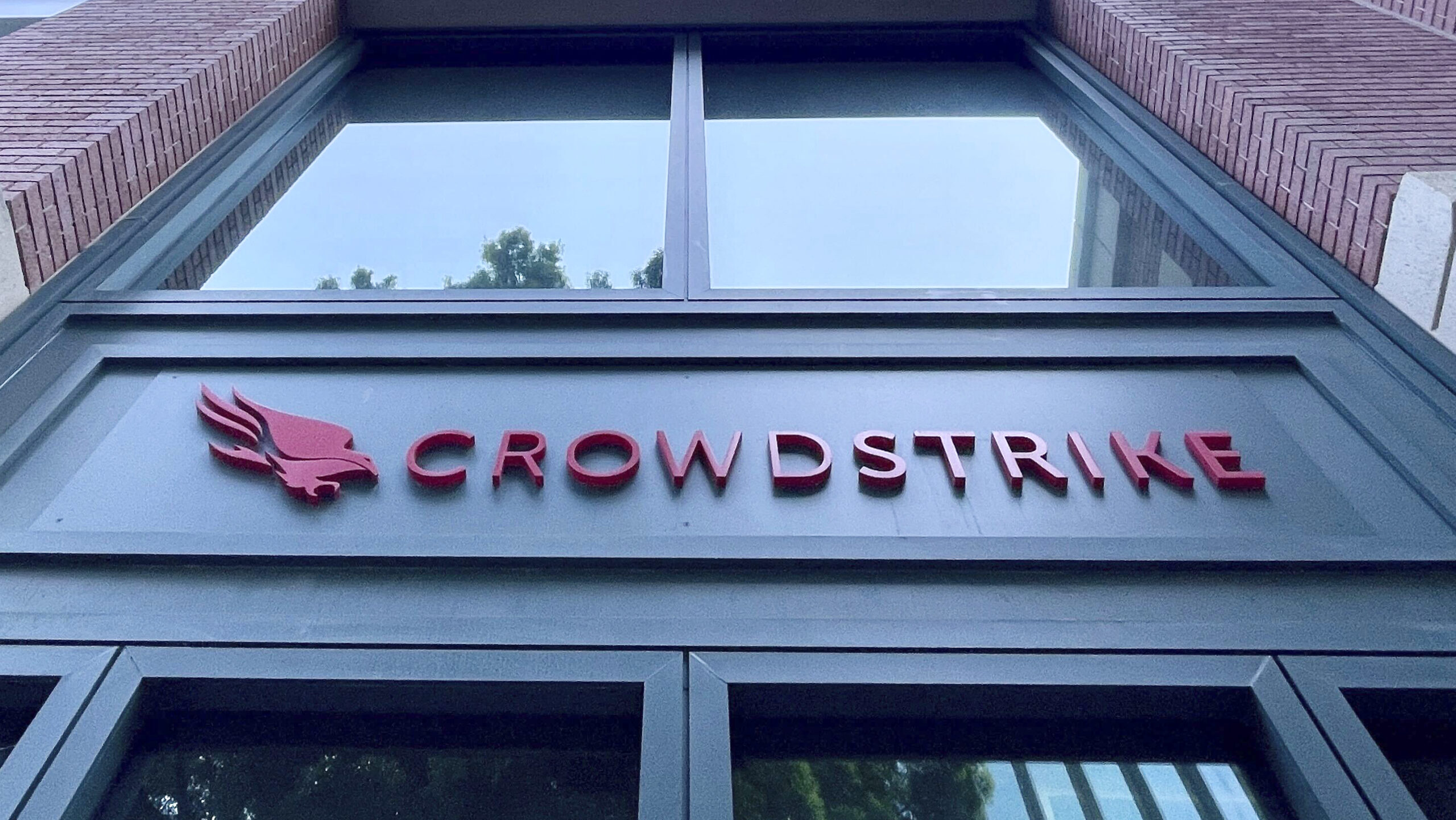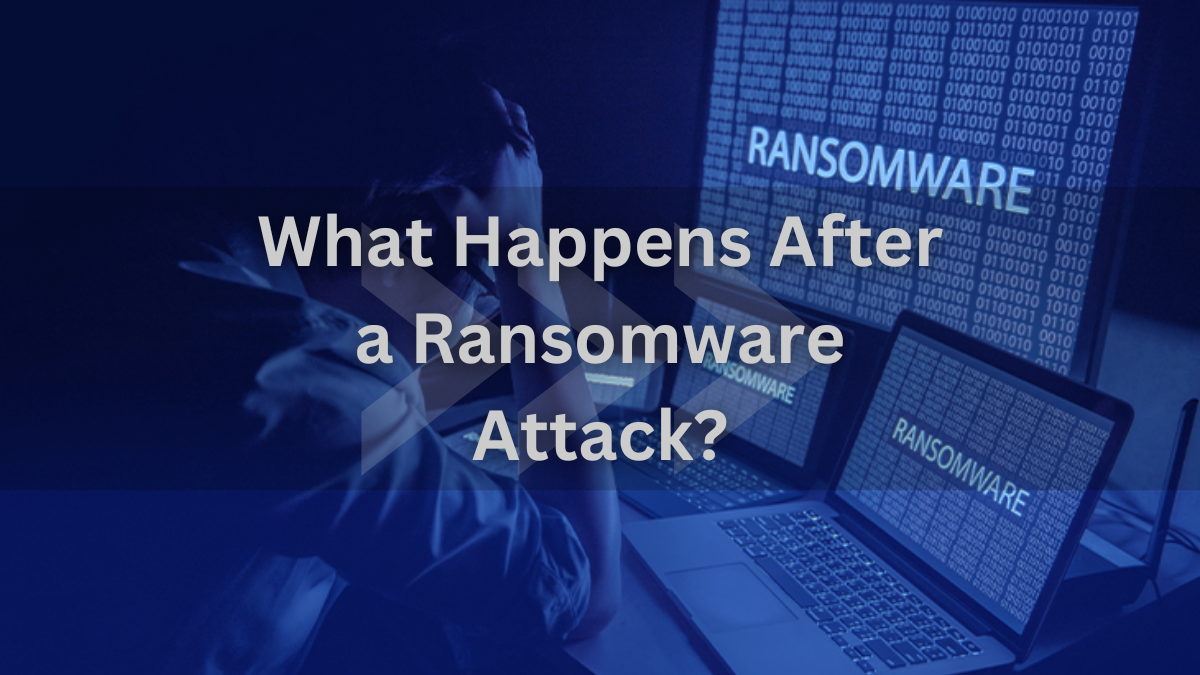Cloud computing has been a driver in accelerating modern-day enterprises. Digital solutions have become accessible and integral to businesses of every scale. While the development of cloud computing took huge leaps over the last two and a half decades, security was not always a key area of development.
Hybrid and cloud-based organizations have fallen victim to many security threats and attacks over the years and these threats and attacks will continue to evolve, organizations have to learn how to safeguard their data and business-critical platforms
Entering the post-pandemic world, businesses have moved their environment from office/desk work to remote/hybrid working conditions. It is almost inconceivable to imagine a world without platforms like Zoom, GMeet/Suite, and Teams to help connect and synergize work efforts but the digitalization of businesses. The use of the cloud is unprecedented and our reliance on it has become a lucrative target for opportunistic attackers.
Cloud services, while offering significant advances in scaling and efficiency, are particularly susceptible to misconfigurations, insider threats, supply chain attacks, and Active Directory-related weaknesses. Consider the following statistics from the 2022 Thales Cloud Security Report:
•Multi-cloud adoption has accelerated with 72% of organizations using multiple IaaS providers versus the 57% recorded in 2021.
•Almost two-thirds of businesses store up to 66% of their company’s critical data in their cloud.
•45% of businesses have experienced a cloud-based data breach in the past 12 months, increasing from 40% the year before.
•51% of IT professionals share common concerns about the increasing complexity of cloud services and agree that it is more complex to manage privacy and data protection in the cloud.
Tech giants such as Microsoft, Amazon, and Google constantly adapt and evolve to ensure their cloud products stay secure. Though each of these tech giants and other cloud service providers have tried their hand at adding cloud security to their product offerings, this approach has introduced major risks to businesses as it narrows everything down to dependence on a single vendor, that don’t have core competency in the field.
Cybersecurity has evolved with new solutions being created and linked with multiple other solutions to create an end-to-end security system to protect your data and assets. Choosing the right security solution for the cloud is a task made up of several parts. The right solution must be easy to manage, scalable, and able to defend against complex and novel cloud-related threats. An end-to-end cloud security solution should fulfill the following key requirements:
Automated Detection & Response – Threat actors count on one thing most during their attack – time. The more time they have, the higher their rate of success is in meeting their goal. This makes detection and response speed paramount to the defense of an environment. Before actors can establish a foothold and damage the cloud, having a quick detection time makes all the difference.
Visibility for Assets & Configurations – Clouds are popular with organizations because of their ability to scale up to growing data volumes over time. However, lack of visibility and misconfiguration can leave cloud workloads exposed to potential weaknesses. Having deep visibility in a cloud can help eliminate unnecessary risks and limit the level of exposure.
Integration with Existing Tech Stack – While infrastructure vendors do hold some responsibility in providing security, many security professionals will introduce a separate security solution to their tech stack for advanced protection. It is vital this security solution is compatible with other tools and software so that data flows seamlessly between all platforms.
Cloud Box Technologies offers the most comprehensive and effective solutions to help industries accelerate security, maximize productivity, preserve user experience, and cater to the world’s largest enterprises, service providers, and government organizations











